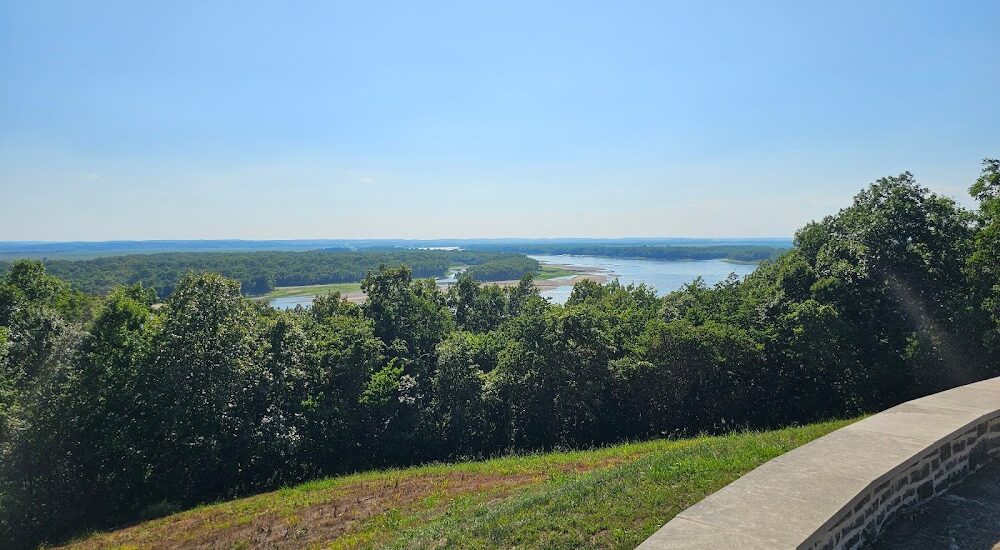Welcome to Fort Kaskaskia State Historic Site, where the echoes of history reverberate across the lush landscapes of Illinois. Established by the French around 1759, this fort was initially constructed to protect the burgeoning town of Kaskaskia, then a major commercial hub and the first capital of Illinois from 1818 to 1820. While the fort itself was never fully completed, with only a modest three-room barrack and a kitchen, it stands as a testament to the strategic significance of this area during tumultuous times.
The fort’s history is intertwined with key events of the American Revolutionary War and the War of 1812. It was occupied by both French and American troops at various times until 1807, providing a refuge for local settlers during periods of conflict with Native American tribes. In 1803, the fort played host to the famous Lewis and Clark Expedition, which recruited soldiers from the area for their journey into the American West.
One of the most notable figures associated with Fort Kaskaskia is George Rogers Clark, a military officer who famously captured Kaskaskia in 1778 during the Revolutionary War. His actions significantly weakened British influence in the Northwest Territory, earning him the moniker ‘Conqueror of the Old Northwest.’
The fort’s location on a grassy bluff offers a breathtaking view of the mighty Mississippi River and Kaskaskia Island, a reminder of the town’s former prominence before much of it was claimed by the river’s changing course in the late 19th century. Today, visitors can explore the remnants of the fort’s earthworks and the nearby Garrison Hill Cemetery, which houses the graves of early settlers relocated due to the flooding.
As you walk through the site, imagine the sounds of bustling trade in the early 1700s, the solemn military orders of the 1800s, and the lively chatter of explorers like Lewis and Clark. Fort Kaskaskia is more than just a historical landmark; it’s a window into the complex and vibrant past of the American frontier.





